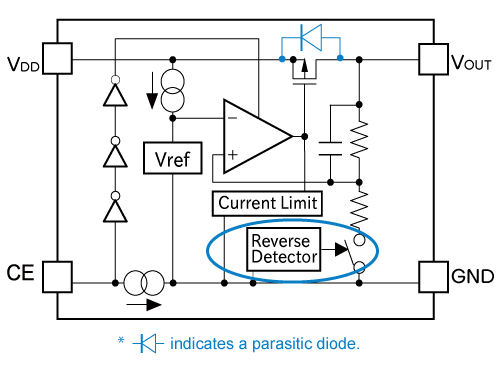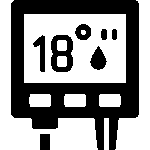Reverse Polarity Protection with LDOs: Simple and Effective

The Problem:
Reverse polarity occurs when the positive and negative terminals of a power supply are accidentally swapped. This mistake can easily damage sensitive electronic components like microcontrollers, sensors, and ICs. For hobbyists and engineers building DIY circuits, this is a frequent issue, especially during prototyping and testing stages.
The Solution:
A reliable way to protect circuits from reverse polarity is by using Low Dropout Regulators (LDOs) with built-in reverse polarity protection. An LDO like the LM7805 not only regulates voltage but also blocks reverse voltage, preventing damage. When reverse polarity is applied, the LDO prevents current from flowing, protecting the circuit effectively.
Real-Life Example:
Consider a situation where you’re powering an Arduino-based project with a 9V battery. Accidentally connecting the battery in reverse could damage the Arduino. However, by adding an LM7805 Voltage Regulator before the Arduino, reverse polarity is blocked, and the circuit remains protected.
Simple Calculation:
If your Arduino needs 5V at 500mA, and you’re using an LDO like the LM7805 with a 9V input, the power dissipated by the LDO is:
P = (Vin−Vout)×I = (9V−5V)×0.5A = 2W
Since 2W is dissipated as heat, using a heat sink is recommended to prevent overheating.
Product Suggestions :
LM7805 Voltage Regulator – Ideal for 5V applications with reverse polarity protection.
Heat Sink for Voltage Regulators Helps dissipate heat and ensure stable operation.




















